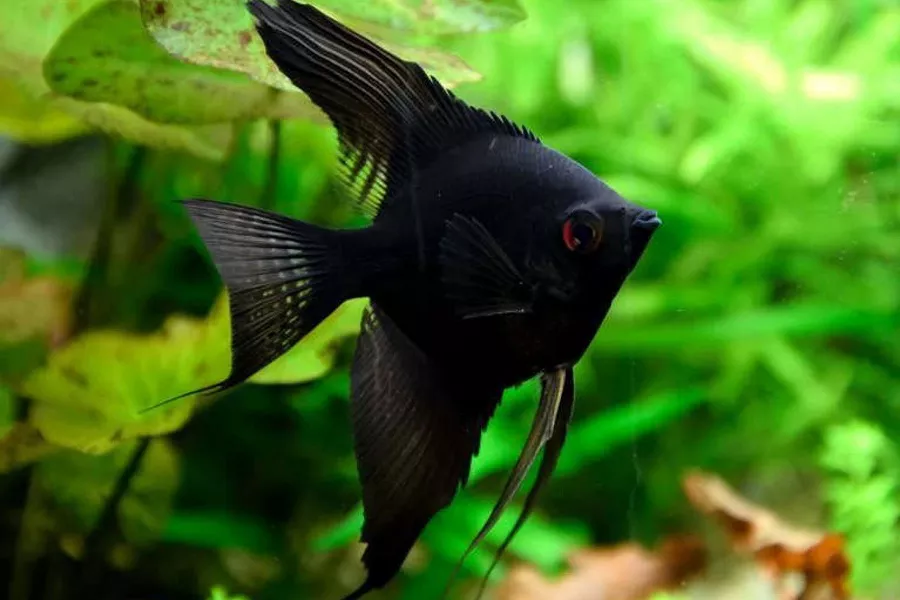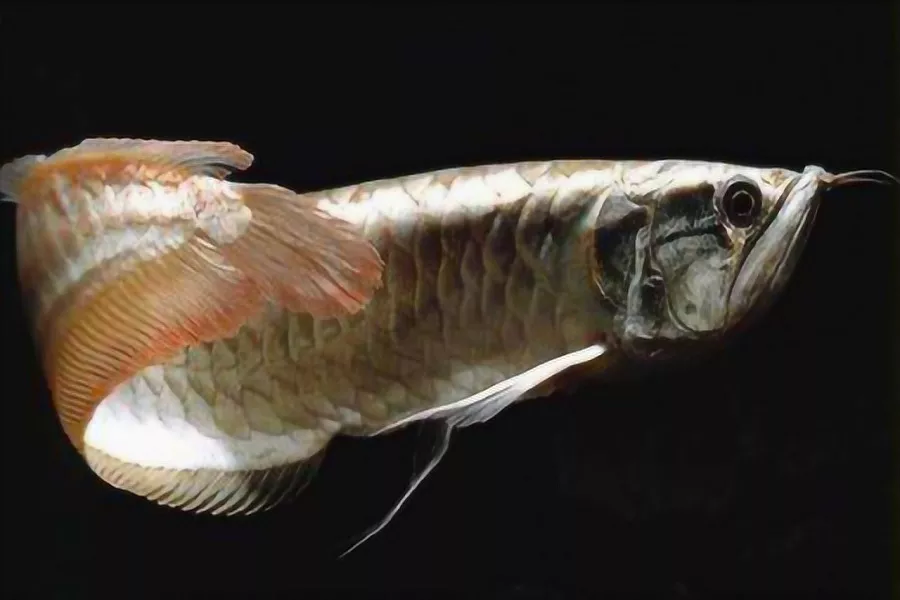What is blind fish?
Blind fish (scientific name: Astyanax fasciatus mexicanus) is taxonomically subordinate to the family Tetraidae, the genus of Mexican blind fish. It is a very beautiful ornamental fish, about 8 cm in length, covered with bright silver scales, and all fins are cream-colored. About tens of thousands of years ago, the ancestors of the blind fish were carried by currents into underground caves with little or no light. Blind fish. For ordinary animals, it is impossible to live without eyes, but although the eyes of blind fish have lost their proper function, they can rely on the special senses of other organs to carry out normal life.
What does a blind fish look like?
Blind fish, also known as eyeless fish, Mexican blind fish. The fish is elongated, slightly flattened on the side, with a forked caudal fin, and the body is about 8 cm long. The body color of the blind fish is milky white, and the fins are the same color as the body and are transparent.
This is the tropical fish with the most individual body color. Because it lives in an underground cave, its eyes are degenerated, but other sense organs are particularly developed. The newly hatched juveniles of the blind fish have eyes, and when the juveniles grow to about 2 months, the eyes gradually degenerate. Although blind fish have no eyes, they will not hit other objects in the water, and their predation ability is not bad at all. As long as food is put in, the blind fish will immediately find it and swim over to eat it.
In fact, blind fish have an extremely developed sense of smell and touch. Under the guidance of a keen sense of smell and touch, blind fish can also swim unimpeded on the dark seabed. In addition to the lack of eyes, blind fish has many distinctive features. For example, they have pink, smooth bodies, four short whiskers around their mouths, a caudal fin divided into a small fork, and their bodies are translucent, and through their bodies, even their spines and internal organs can be seen .
life habits of blind fish
This fish inhabits completely dark caves, uses the lateral line system to identify direction and forage, is omnivorous, has a mild temperament, and likes to swim in groups.
About tens of thousands of years ago, the ancestors of the blind fish were carried by currents into underground caves with little or no light. Blind fish. For ordinary animals, it is impossible to live without eyes, but although the eyes of blind fish have lost their proper function, they can rely on the special senses of other organs to carry out normal life. It is a fast-swimming fish, able to swim freely in the water without bumping into weeds, rocks or other fish. In other words, the degeneration of the eye did not bring any adverse effects on its life.
blind fish rearing
The blind fish is native to Mexico and has become a species commonly kept by tropical fish lovers and one of the objects of concern to zoologists. When artificially reared, blind fish have less stringent requirements for water quality, and usually grow well under water temperature conditions of 20-32 °C.
Blind fish reproduction
Blind fish can be artificially propagated. The water quality conditions are required to be between 6.8 and 7.4 in pH, between 7 and 11 in hardness, and the water temperature should be kept at about 26. The size of the fish tank for reproduction is preferably 80×40×40 centimeter. Blind fish are oviparous, and the body length of the broodstock should be more than 6 cm. The mature female fish is more plump than the mature male fish.
Breeding of blind fish is easier, and people who are new to tropical fish will also get satisfactory results. The specific method is: pick a good-colored male fish and a plump female fish in advance, and keep them separately for a week, during which time they will be given a certain amount of water flea food. Shortly before dusk on the day before you are ready to breed, place broodstock in a breeding tank with conditioned water and a layer of goldenrod on the bottom. The broodstock can lay eggs the next day. Before spawning, the male and female fish begin to show their love and swim around each other in a circle. This action takes several hours. Then, the male and female swim side by side and swing their bodies rapidly. Finally, the female ovulates, and the male fertilizes it. When the spawning is nearing the end, the male will stop chasing the female, but the female often ignores the departure of the male and continues to ovulate. At this time, the broodstock should be fished out immediately, otherwise the female will eat her own egg.
Each female fish can lay about 600 eggs at a time. It takes about 24 hours for the fertilized eggs to hatch, and the larvae are free to swim by the third day after hatching.
feeding mode
Blind fish can be housed with other tropical fish with similar rearing conditions, but if conditions permit, it is best to keep it in a separate tank. Blind fish are not picky eaters and prefer to feed in a dark environment.
Reminder: For more knowledge about tiger fish, arowana, australian lungfish, please pay attention to: mtedr.com, to provide you with types of aquarium fish and fish care.


























